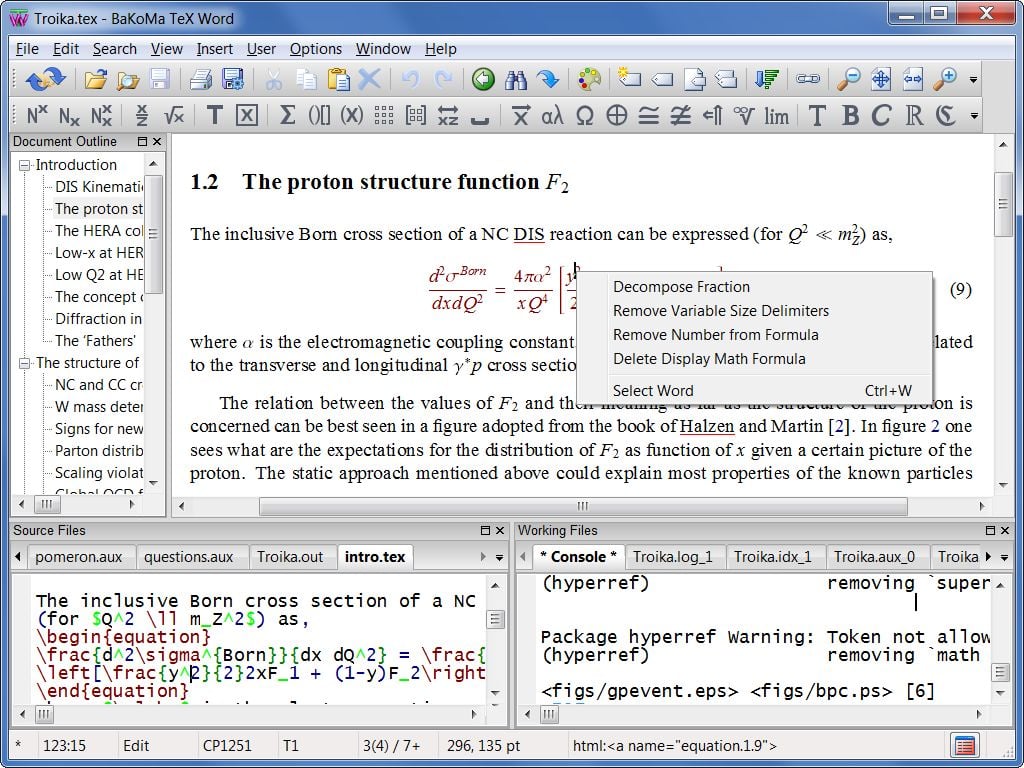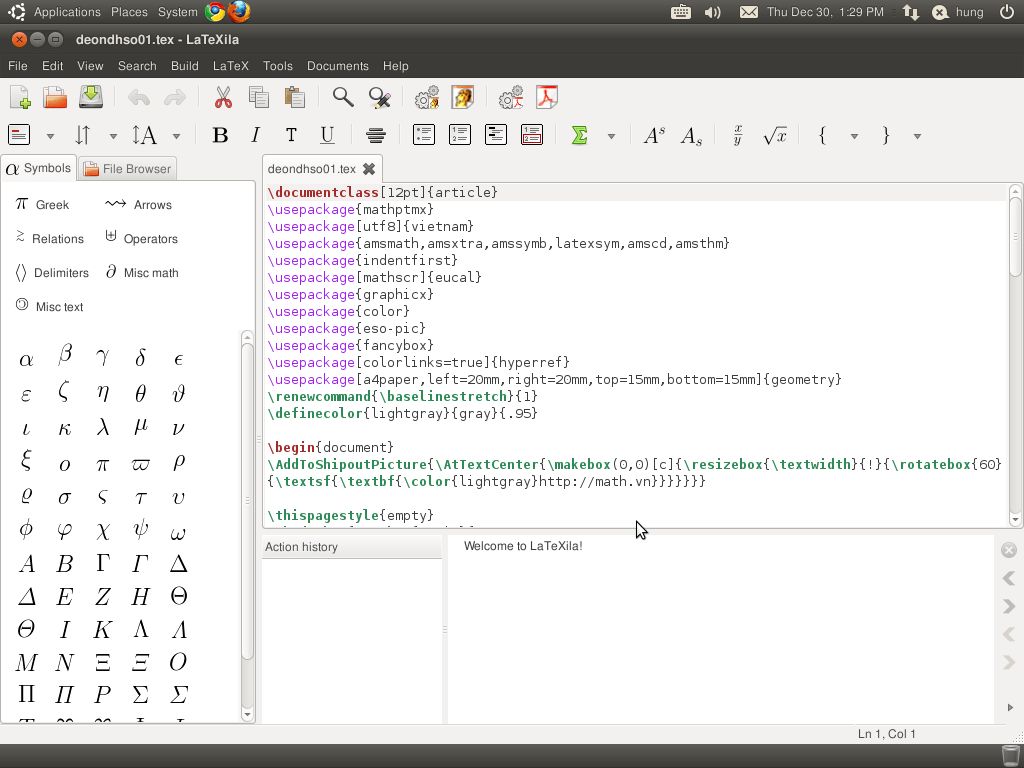
- #Bakoma tex review how to#
- #Bakoma tex review pdf#
- #Bakoma tex review driver#
- #Bakoma tex review portable#
#Bakoma tex review pdf#
Printed on a wide range of devicesincluding both computer monitors and printers of varying resolutions, it works most effectively with scalable outline fonts.Īlthough Adobe Acrobat Distiller will convert a PostScript language file with bitmapped fonts into PDF, these fonts display slowly and do not render well on screen in the resulting PDF file. Since a PDF file is designed to be viewed and
#Bakoma tex review portable#
Similar problems occur when the PostScript language file is converted to Adobe Portable Doc-ument Format (PDF). Sending a file with 300 dot-per-inch (dpi) fonts to a 600 dpi printer produces output no better than that of a 300 dpi printer. May be a problem because the fonts will not print at the native resolution of the printer. If the file is sent to printers of varying resolutions, however, this If the PostScript language file is sent to a specific printer, device dependence may not be a problem. The resulting PostScript language file thus contains resolution-specific Type 3 bitmapped fonts that are not device- and resolution-independent like scal-able Type 1 fonts.

The default behavior of DVIPS 1 is to convert the PK fonts into Type 3 bitmapped fonts when creating a PostScript language file. Printer-specific font format for printing.
#Bakoma tex review driver#
A driver pro-gram translates TeX's DVI file and PK fonts to a The Computer Modern fonts, commonly used with Donald Knuth's TeX typesetting language, are typically rendered as fixed-resolution bitmaps (in TeX's PK format)Įven though they were derived from device-independent descriptions in Knuth's METAFONT language.

#Bakoma tex review how to#
Type 1 fonts can contain "hints" that tell the font machinery how to most effectively rasterize the font even at low resolutions or small font sizes. PostScript Type 1 fonts are resolution-independent outline fonts that can be quickly rasterized by the font machinery in Adobe PostScript interpreters and software that uses the Adobe Type Manager (ATM) font rasterizer.

PostScript Type 3 fonts can be described as either resolution-specific bitmaps or scalable outlines. The PostScript language can represent fonts in a number of different formats. This document explains how to configure Tomas Rokicki's DVIPS program to use device-independent, scalable fonts in a PostScript language file or PDF document toĪchieve optimal font quality on any output device. Converting a Postscript Language File to PDF Using Acrobat Distillerĭocuments converted from the TeX typesetting language into the Adobe PostScript language or Acrobat Portable Document format (PDF) files usually contain fixed-resolution bitmap fonts that do not print or display well on a variety of printer and computer screens.Using a Font Map File On a Per-Job Basis.Creating quality Adobe PDF files from TeX with DVIPS Table of Contents


 0 kommentar(er)
0 kommentar(er)
